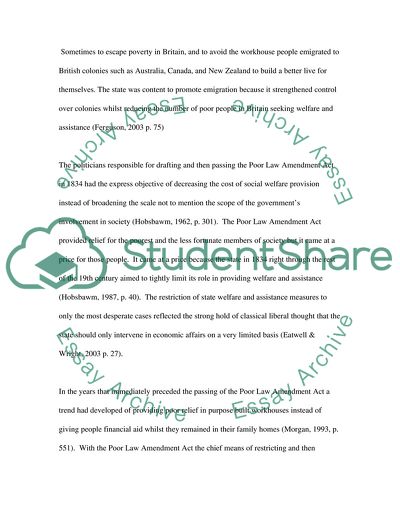Cite this document
(“Show how the state's role in providing welfare and assistance changed Essay”, n.d.)
Show how the state's role in providing welfare and assistance changed Essay. Retrieved from https://studentshare.org/miscellaneous/1553904-show-how-the-states-role-in-providing-welfare-and-assistance-changed-between-1834-and-1911-and-offer-reasons-for-this-development
Show how the state's role in providing welfare and assistance changed Essay. Retrieved from https://studentshare.org/miscellaneous/1553904-show-how-the-states-role-in-providing-welfare-and-assistance-changed-between-1834-and-1911-and-offer-reasons-for-this-development
(Show How the state'S Role in Providing Welfare and Assistance Changed Essay)
Show How the state'S Role in Providing Welfare and Assistance Changed Essay. https://studentshare.org/miscellaneous/1553904-show-how-the-states-role-in-providing-welfare-and-assistance-changed-between-1834-and-1911-and-offer-reasons-for-this-development.
Show How the state'S Role in Providing Welfare and Assistance Changed Essay. https://studentshare.org/miscellaneous/1553904-show-how-the-states-role-in-providing-welfare-and-assistance-changed-between-1834-and-1911-and-offer-reasons-for-this-development.
“Show How the state'S Role in Providing Welfare and Assistance Changed Essay”, n.d. https://studentshare.org/miscellaneous/1553904-show-how-the-states-role-in-providing-welfare-and-assistance-changed-between-1834-and-1911-and-offer-reasons-for-this-development.


